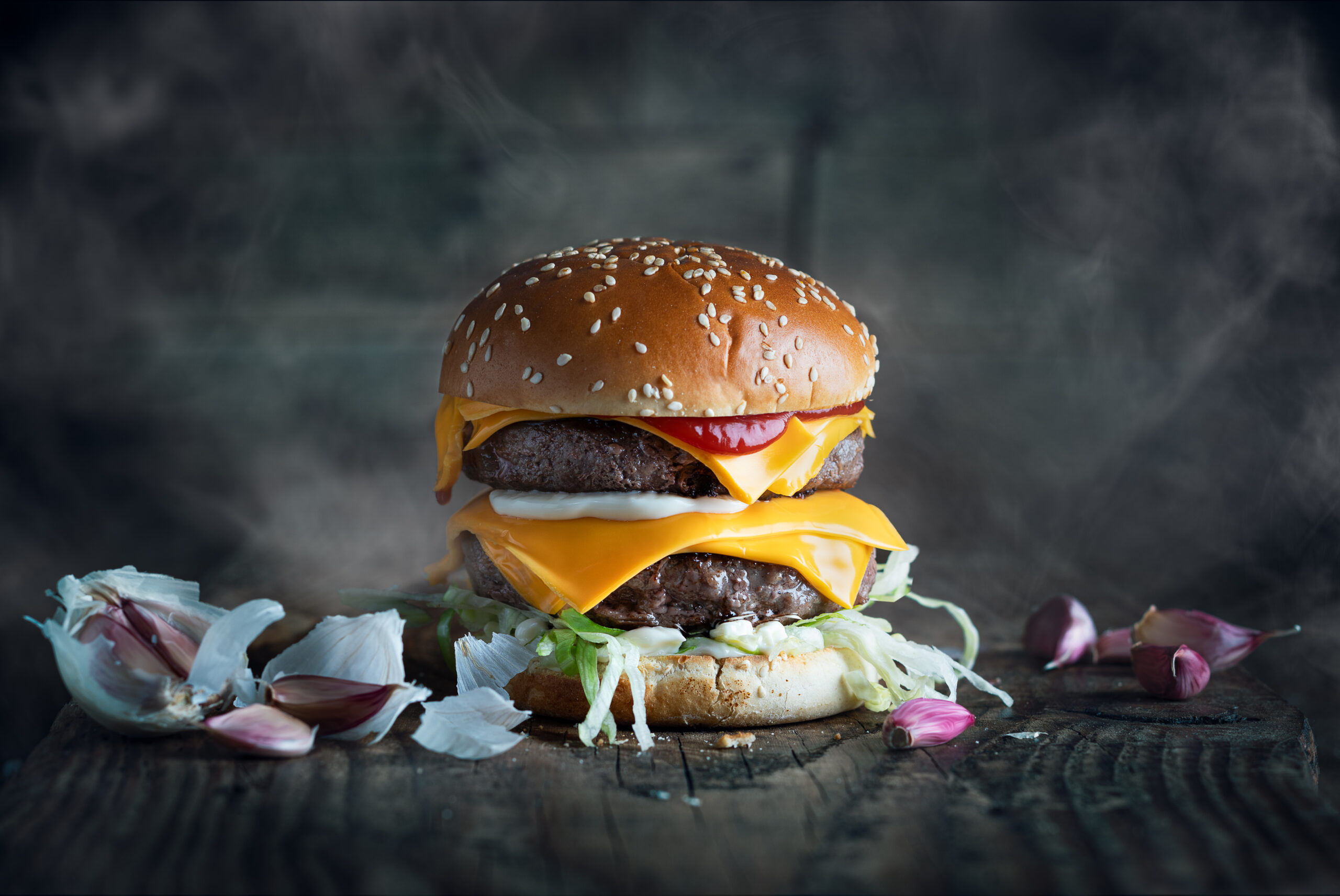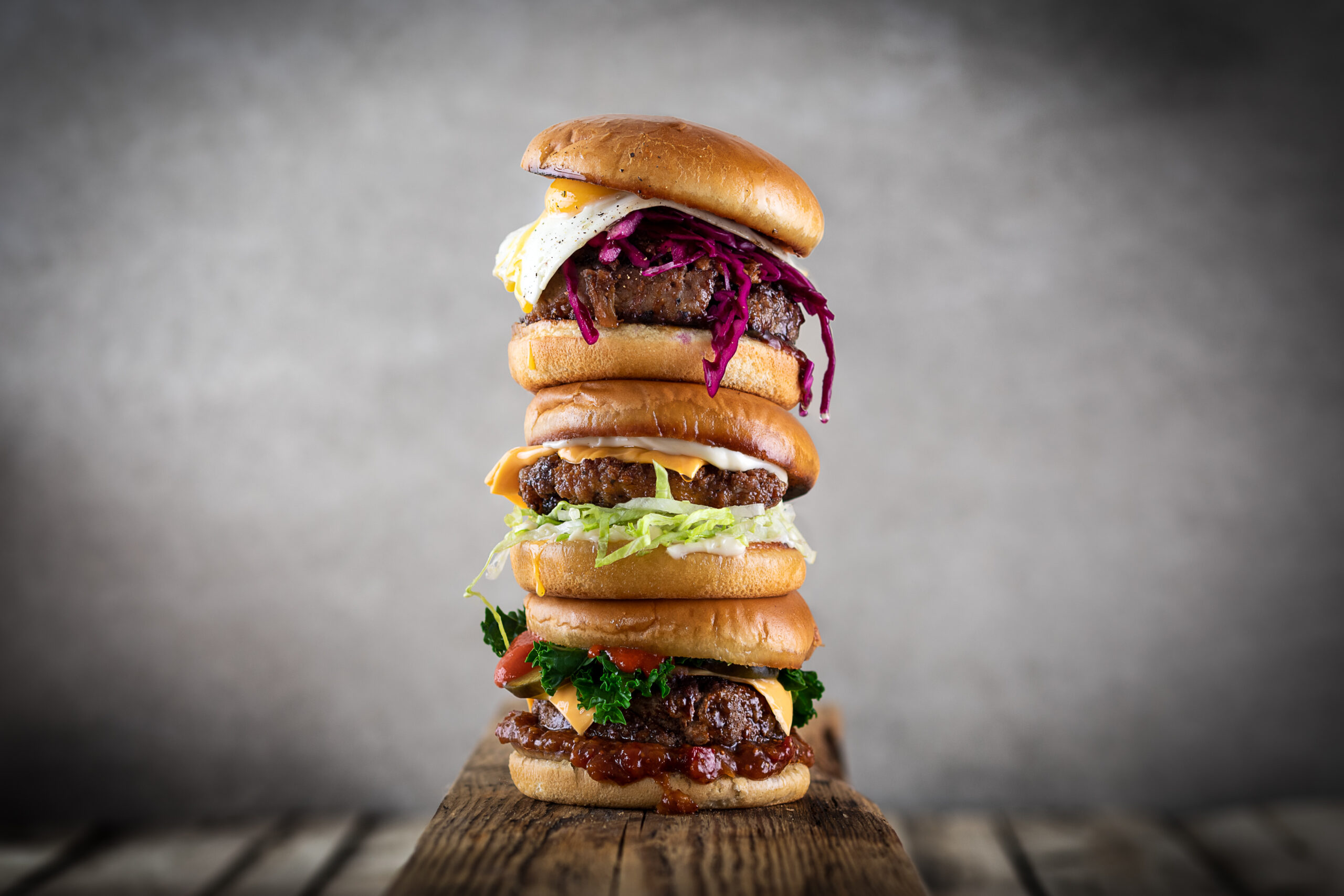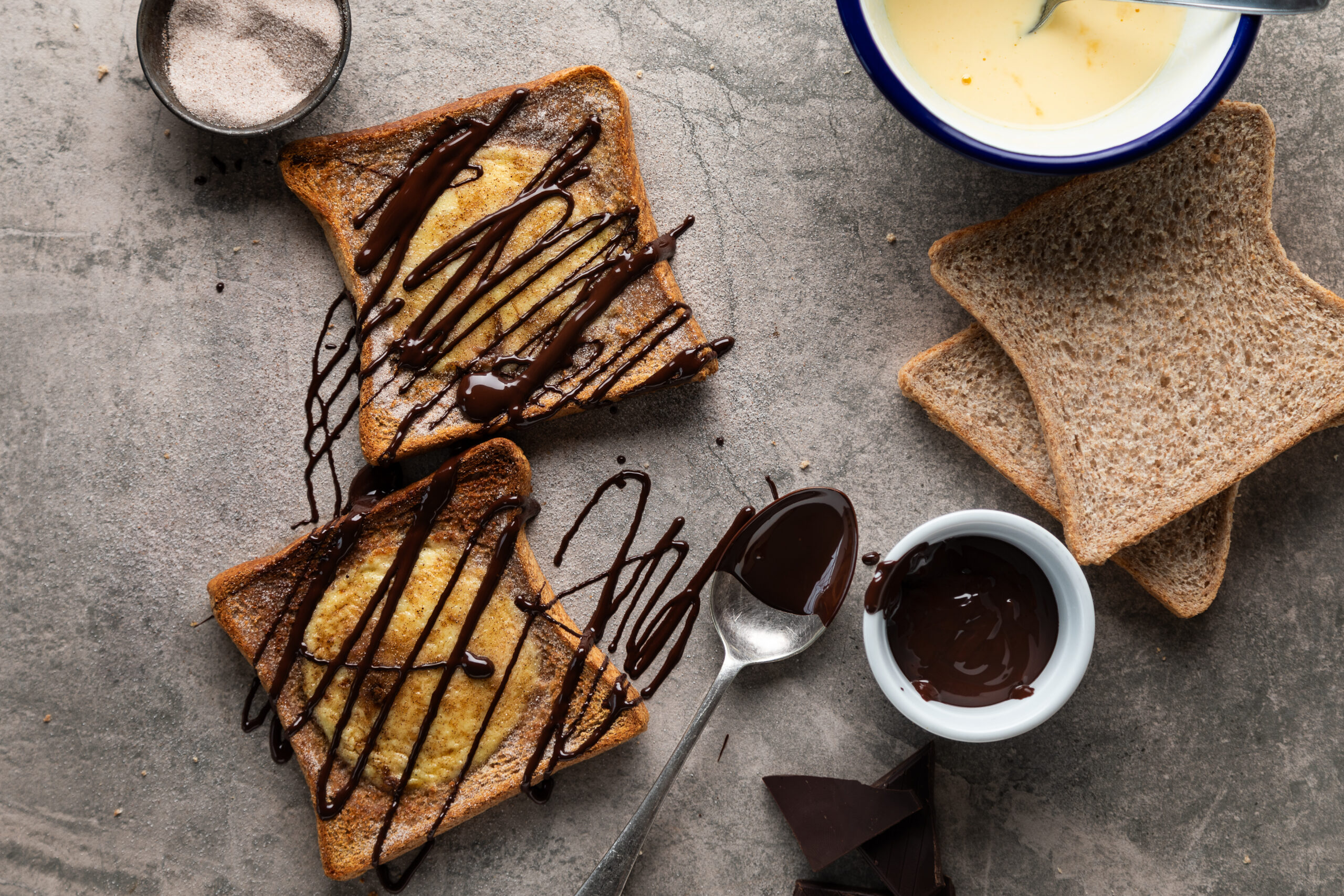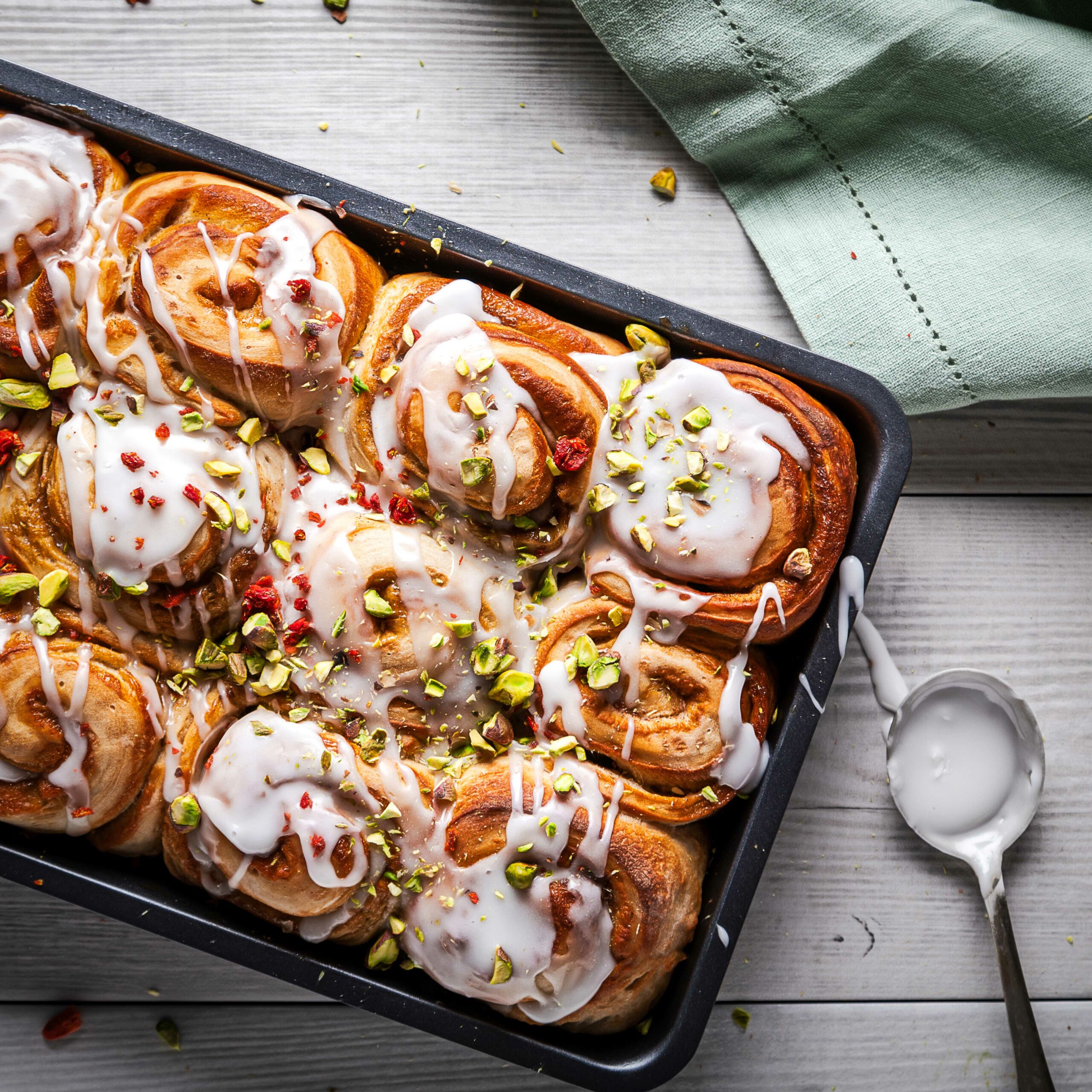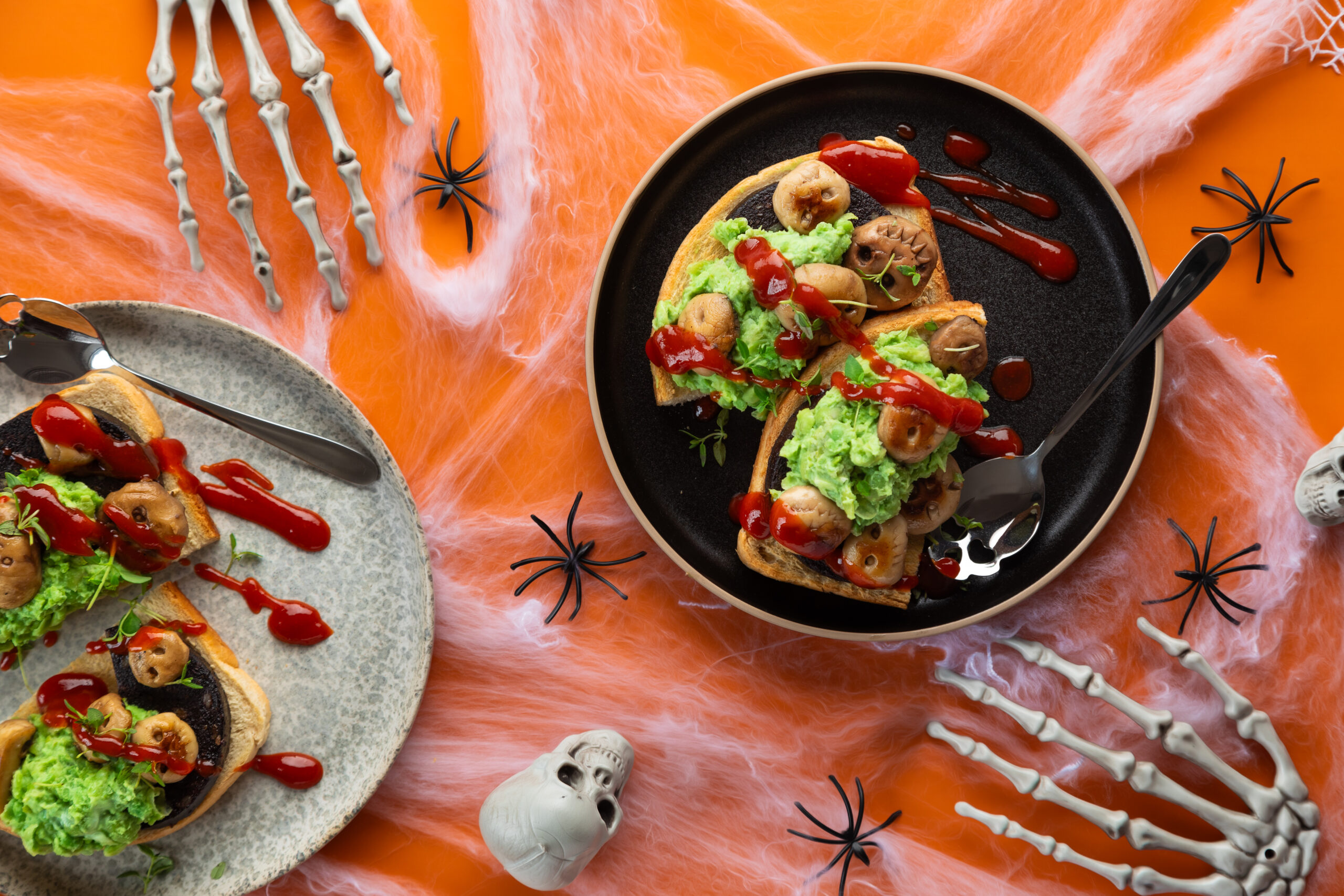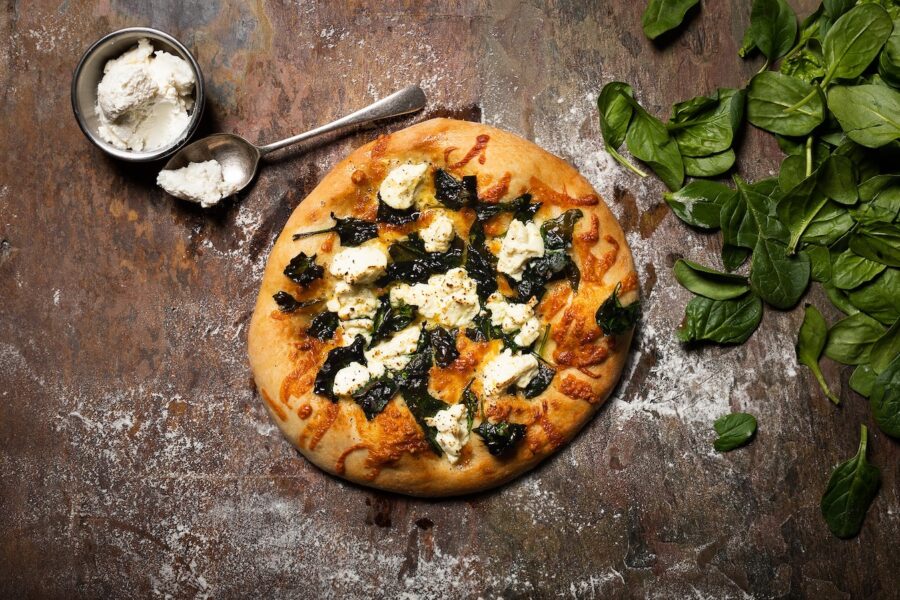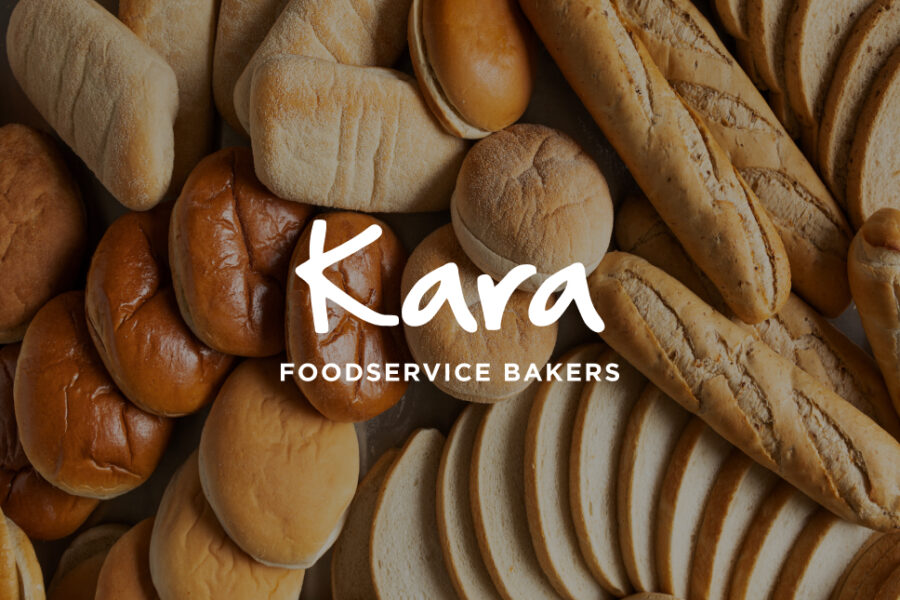Dark Kitchens
12th August 2020
Dark Kitchens, Ghost Kitchens,Virtual Kitchens…
Whatever you want to call them, you may be asking what’s a dark kitchen. They’re built specifically for take-out. No tables. No front of house. All ordering done online. A great way to relocate your restaurant and take your kitchen to people in their own homes.
In light of the pandemic, many restaurants had invested and adapted and set up for takeaway options. As a result, many turned to Dark/Virtual kitchens to meet demand.
2025 Update:
While the pandemic originally accelerated their growth out of necessity, their continued popularity in 2025 is driven by lasting shifts in consumer behaviour and business economics:
-
Delivery-first habits: Many consumers who embraced food delivery during lockdowns have kept the habit, valuing convenience and variety.
-
Rising costs: For restaurant operators, dark kitchens offer a way to reduce rent, staffing, and front-of-house costs, particularly valuable in a high-inflation, high-overhead economy.
-
Platform support: Companies like Deliveroo, Uber Eats, and Just Eat continue to invest in and support dark kitchen hubs, offering tech and infrastructure to make operations seamless.
-
Test-and-launch flexibility: Brands use dark kitchens to test new concepts or expand into new areas without the financial risk of opening full dine-in locations.
While some standalone dark kitchen operations have scaled back or consolidated, the model remains viable and popular, particularly in urban areas with dense populations and strong delivery demand.
If your business has leaped, discover our guide on how to manage a Dark Kitchen.
